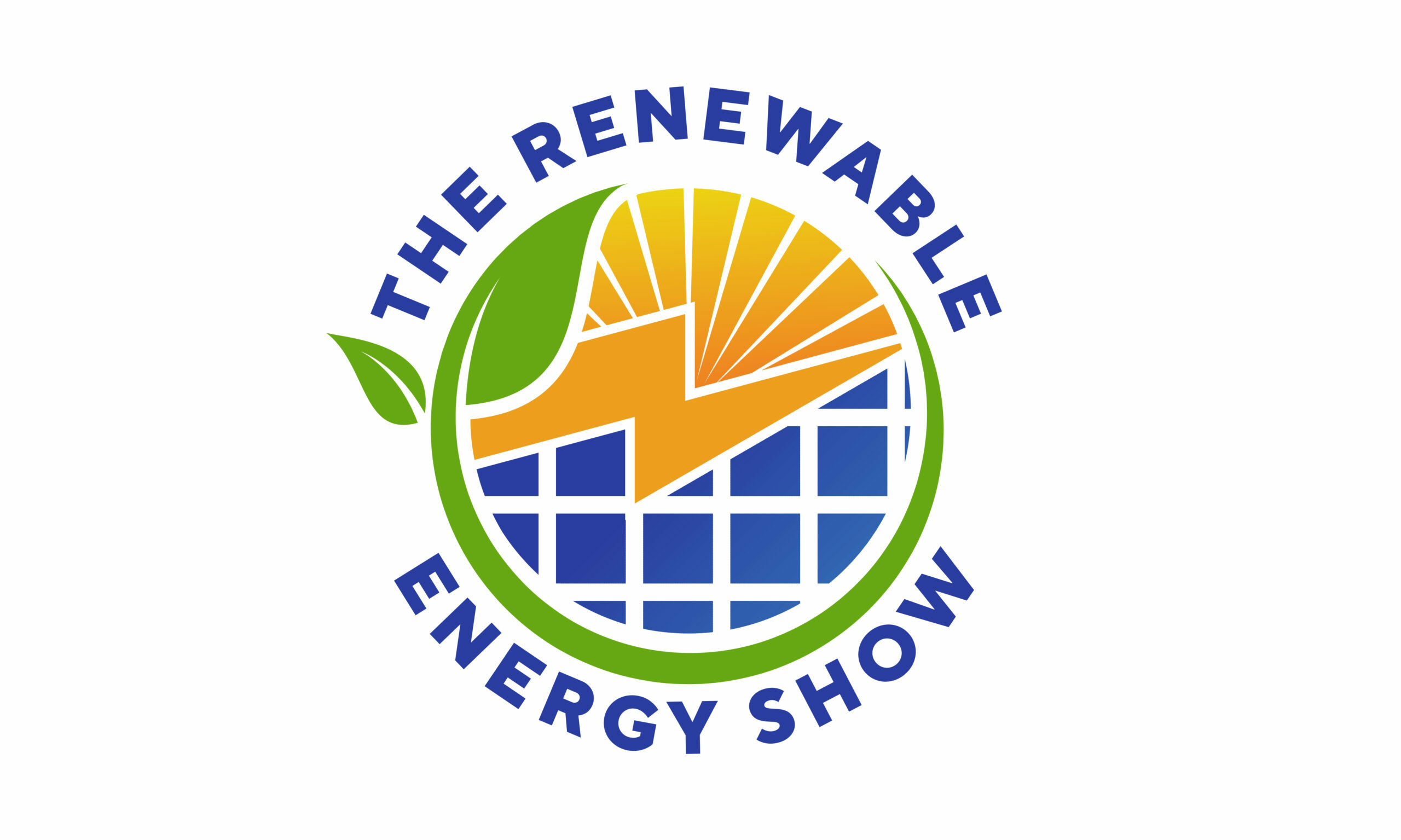As the world struggles to respond to the growing threat of climate change, one question is increasingly on everyone’s mind: can the economics of clean energy be the key to unlocking a sustainable future? The answer is complex, but what’s clear is that the relationship between clean energy and economics is not just a matter of environmentalism vs. profit – it’s a battle for the very survival of our planet.
In recent years, the cost of renewable energy sources like solar and wind power has plummeted, making them a more viable option for businesses and governments looking to reduce their carbon footprint. But despite this progress, the global economy still relies heavily on fossil fuels – and the financiers who back them. So, what’s holding us back from making the switch to clean energy on a massive scale?
One major obstacle is the concept of “stranded assets.” This refers to the estimated $2 trillion worth of fossil fuel reserves that are likely to become worthless as the world transitions to cleaner energy sources. This poses a significant risk to investors who have sunk their money into these assets – and, by extension, to the entire fossil fuel industry.
Another challenge is the issue of scale. While we’ve made significant progress in reducing the cost of renewable energy, the sheer size of the global energy system means that a massive investment is still required to make a meaningful dent in carbon emissions. This requires not just a ramp-up in investment, but also a fundamental shift in the way we think about energy economics.
So, what can we do to accelerate this transition? One approach is to rethink the way we price energy. Currently, the cost of fossil fuels is artificially low, thanks to subsidies and tax breaks. Meanwhile, the cost of renewable energy is still higher – and it’s these higher costs that are often cited as a reason to delay the transition. But what if we were to turn this on its head? What if we were to put a price on carbon, and use the revenue generated to support the rollout of clean energy infrastructure?
This is exactly what some countries are starting to do. For example, in Norway, a carbon tax has been in place since 1991, and has helped to drive the adoption of electric vehicles and other low-carbon technologies. Similarly, in the European Union, a carbon pricing mechanism is set to be introduced next year, which will put a price on carbon emissions across the continent.
Of course, none of this is easy. There will be winners and losers in the transition to clean energy – and the losers may be significant. But the alternative is even more daunting: a world where climate change is allowed to spiral out of control, with devastating consequences for the environment, the economy, and human societies.
So, can clean energy economics save the planet from climate catastrophe? The answer is not a simple one – but what’s clear is that it’s time to think differently about the way we price energy, invest in infrastructure, and manage the risks of transition. It’s time to put the economics of clean energy at the heart of our response to climate change – and to use the power of finance to drive a sustainable future.
